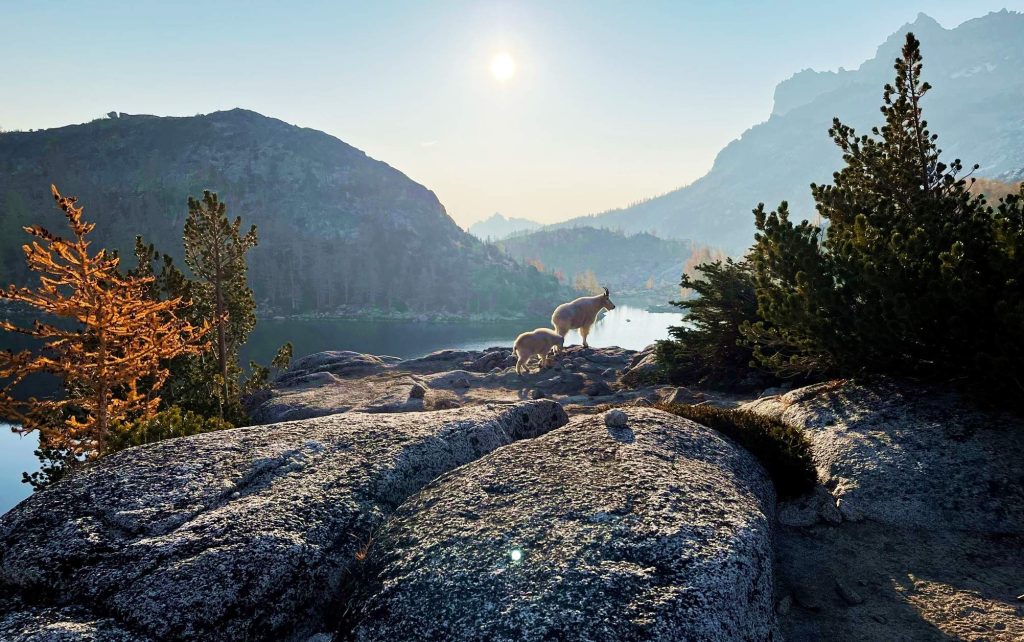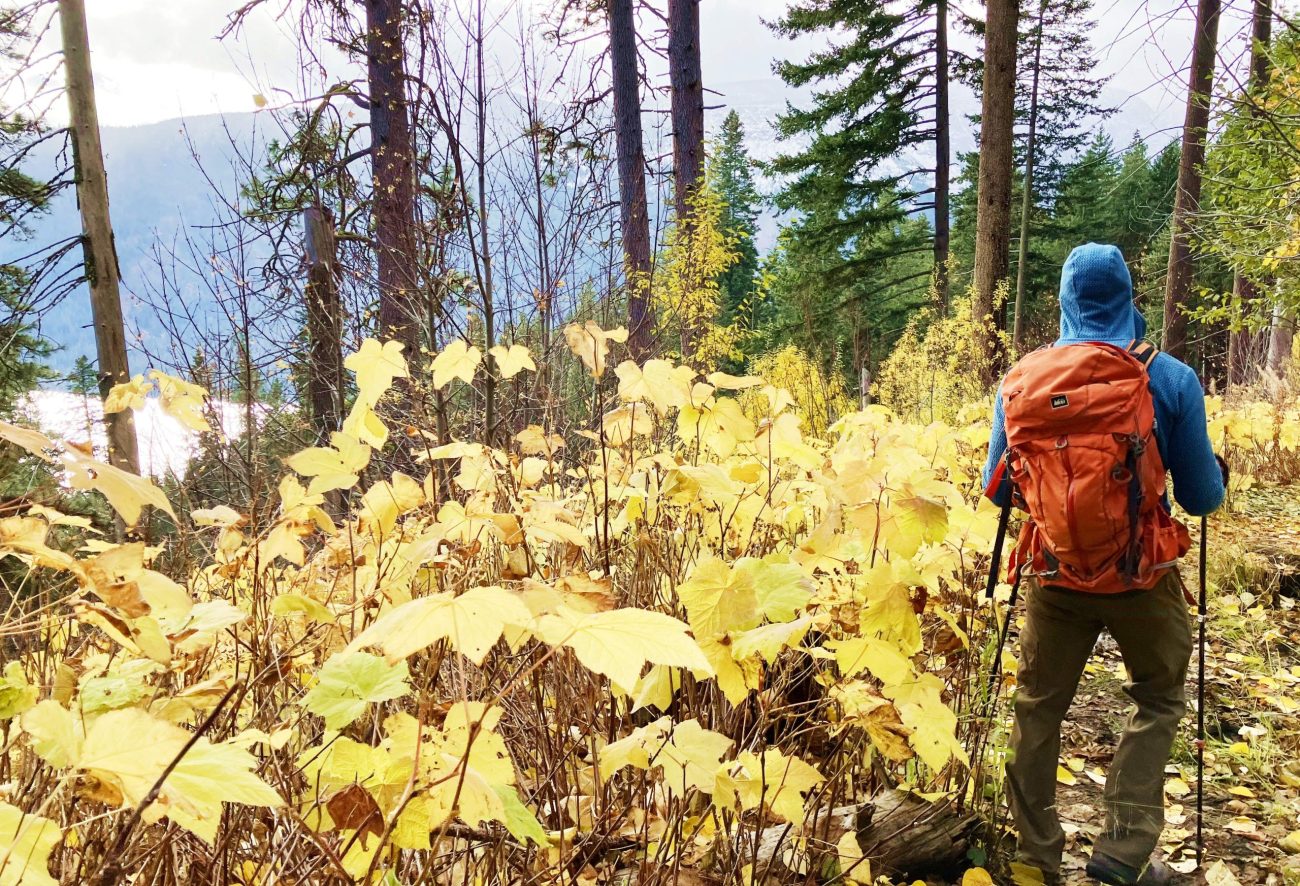 One thing we know for certain: business as usual is over. This is a time of extreme change for our federal land agencies and personnel. The Trump administration has brought a new era to public lands management. What exactly does this mean for our local public lands in north central Washington? It’s too soon to tell, but we’ll learn more over the next several months as fundamental changes emerge to land management priorities, the number, location, and expertise of federal workers, services provided to the public, and even ownership of the federal public lands estate.
One thing we know for certain: business as usual is over. This is a time of extreme change for our federal land agencies and personnel. The Trump administration has brought a new era to public lands management. What exactly does this mean for our local public lands in north central Washington? It’s too soon to tell, but we’ll learn more over the next several months as fundamental changes emerge to land management priorities, the number, location, and expertise of federal workers, services provided to the public, and even ownership of the federal public lands estate.
Here in north central Washington, the future employment status of US Forest Service employees working on the Okanogan-Wenatchee National Forest is unknown and likely to remain unsettled for the next several months. Since the presidential executive order signed on February 11, 2025, directing all federal departments and agencies to drastically reduce their workforce, there have been numerous sequential efforts to remove federal employees from their jobs and it’s far from over. We’ve seen a “fork in the road” offer for employees to resign, probationary employees fired (then temporarily rehired), an early retirement option offered, and plans being made for a “reduction in force” – commonly known as a RIF. When the trail dust settles in a few months, what we know for certain is that the remaining workforce on the Okanogan-Wenatchee National – and all other National Forests across the country – will look fundamentally different than what it is today.
Not only is the workforce being radically altered, but the priorities of the agency are being re-arranged as well. While the moto of the Forest Service of “Caring for the Land and Serving People,” is likely to remain the same, the work and project priorities and how they are to be accomplished will be like nothing we’ve seen before. In his first statement as the new Chief of the Forest Service, Tom Schultz stated on March 3, that “I want to refocus our efforts on safety, active forest management, fire management and recreation”. It is yet to be seen what that is going to look like on the ground across the landscapes we love in our local Cascade Mountains backyard.
As directed in a presidential executive order on March 1, 2025, the Chief of the Forest Service has thirty days to, “issue new or updated guidance regarding tools to facilitate increased timber production”. This order includes the direction to create a strategy to streamline analysis under the Endangered Species Act to improve the speed of approving forestry projects and also to adopt a broader range of “categorical exclusions” enabling streamlined National Environmental Policy Act compliance with reduced analysis of environmental impacts and without conducting public review and comment on proposed projects. These project planning changes along with vast reductions in the workforce make it hard to predict what the future of forest management will look like. Don’t underestimate the significance of these changes. How our National Forests are managed will be very different going forward if these changes are implemented as proposed.
 But how does this affect our access to federal public lands for recreation – something that’s not only a benefit for those of us lucky enough to live here but also a huge part of our growing outdoor recreation economy in north central Washington? It’s too soon to tell. No information has been provided yet about how providing recreation opportunities for the public fits into the new paradigm of national forest management, despite it being a stated focus of the new Chief. However, it is reasonable to predict that with far fewer employees overall and shifting work priorities to increase timber production, the level of service to the outdoor recreating public will be significantly reduced and damage to fragile natural environments from unmanaged recreation and visitor impacts will only increase. With far fewer or no Forest Service employees to plan for or do the work to clear trails, patrol the wilderness, clean toilets, pick up trash, enforce regulations, help respond to search and rescue incidents, put out abandoned campfires, and help respond to wild land fire, outdoor recreation in our backyard wild lands will be very different this coming summer.
But how does this affect our access to federal public lands for recreation – something that’s not only a benefit for those of us lucky enough to live here but also a huge part of our growing outdoor recreation economy in north central Washington? It’s too soon to tell. No information has been provided yet about how providing recreation opportunities for the public fits into the new paradigm of national forest management, despite it being a stated focus of the new Chief. However, it is reasonable to predict that with far fewer employees overall and shifting work priorities to increase timber production, the level of service to the outdoor recreating public will be significantly reduced and damage to fragile natural environments from unmanaged recreation and visitor impacts will only increase. With far fewer or no Forest Service employees to plan for or do the work to clear trails, patrol the wilderness, clean toilets, pick up trash, enforce regulations, help respond to search and rescue incidents, put out abandoned campfires, and help respond to wild land fire, outdoor recreation in our backyard wild lands will be very different this coming summer.
Despite this uncertain future, there are things that you can do to prepare yourself for heading outdoors to our National Forests this coming summer. First, there’s no better time to learn or brush up on your Leave No Trace practices, then live it and tell others about it too. Not unlike what we saw during the first summer of the COVID pandemic, everyone who visits our public lands for recreation needs to pitch in and do their share to ensure a safe, clean, enjoyable, and low impact experience that welcomes everyone to share in the joy of being in nature.
Next, before you head out, be sure to check the status of campgrounds, trails, and other recreation sites that you plan to visit. Some facilities may be closed or be offering reduced services. Information may be not up to date or scarce from Forest Service sources, so check with trusted partners like Wenatchee Outdoors, the Washington Trails Association, Backcountry Horseman of Washington, Evergreen Mountain Bike Alliance, or the Pacific Crest Trail Association. And if you can, consider offering your time as a volunteer to work as a trail head ambassador, help maintain trails, pick up trash, or clean facilities. It’s too soon to know exactly how the void of Forest Service workers will be filled, but you can plan to give back as well as enjoy being outside on our National Forests this summer. Be on the lookout for the new One for the Outdoors initiative managed by TREAD for more details on how to contribute.
And finally, please show some love for the Forest Service workers that remain when you see them out in the field taking care of the places we love. These folks are going through some incredibly tough times. They deserve our respect, patience, and heaps of appreciation for their dedication to caring for our public lands and serving the public. There is plenty of uncertainty ahead as our country goes through this massive social, political, and economic period of change. We’ll all be figuring this out together so let’s hope for some stability in the months ahead and proceed with care and understanding.


